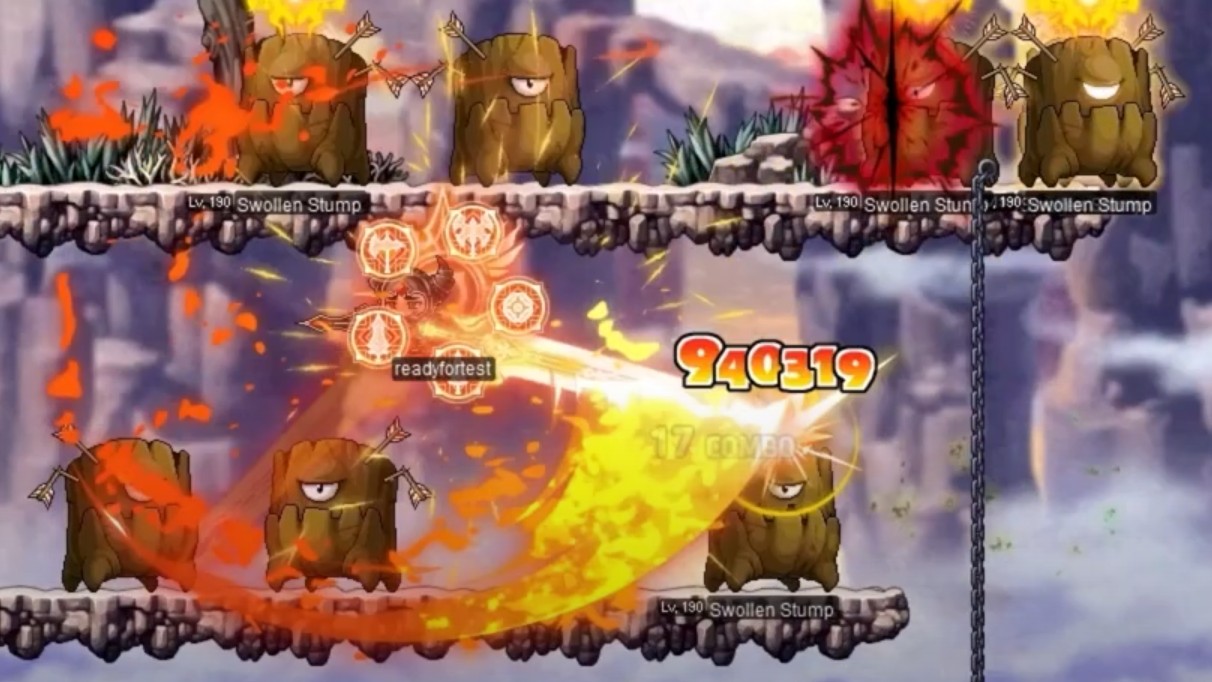During 2023 a few leading traditional gaming studios announced their venture into web3. One of them, South Korea-based Nexon and its subsidiary Nexpace is merging the popular MapleStory IP with blockchain technology. The first game to come from this initiative is PC-based MMORPG MapleStory N, which recently rolled out its inaugural community quests.
We thought it a good time to chat to Nexpace executive director Sunyoung Hwang about why Nexon chose to integrate web3 into MapleStory, why it’s leaving Polygon for Avalanche, and its blockchain vision.
BlockchainGamer: Why do you think the MapleStory IP is a good fit for blockchain?

Sunyoung Hwang: MapleStory, which is the basis of our MapleStory Universe project, is an online MMORPG with 180 million users worldwide. It has a strong IP fan base thanks to the more than 50 million active users playing the game for more than a decade.
Throughout this long and successful run, we realized that a game is not just about the developer and players, but also about the various creations and activities that the community creates in addition to the official content and that the total game experience includes all of these activities. Therefore, we came to a decision that MapleStory IP was the perfect fit to leverage blockchain technology to continuously expand the IP experience and create an ecosystem where community members voluntarily participate.
What has the reaction of current MapleStory players been to the introduction of blockchain to the IP?
In February of this year, we conducted a focus group test (FGT) for MapleStory N with about 400 people. At the time, many said that it was difficult to see the difference between MapleStory N and MapleStory before level 30, as minting is only made available after level 30.
However, as users adapted to the system, they shared positive feedback on the tight competition and changing demands for enhancements that come with limited items.

They felt the fun of a true MMORPG through the experience of competing with other users for limited items, and that blockchain technology seemed to be naturally integrated. We continue to actively collect user feedback to make it easier for those who are new to web3 games to enjoy the game.
Why is it important that MapleStory Universe is an ecosystem including games, UGC and developer tools? Why not just make a game with tokens and NFTs?
NFTizing game items with blockchain technology means, individual users can own game assets privately and can consume them in various ways outside of the game. Ultimately, it’s important for NFTized assets to have extended utility outside of the game. For this, it is not enough to simply add NFTs, but to build a world where NFTs owned by individuals can be utilized in various ways within an IP ecosystem (MSU) that extends beyond the game.
We believe that such ecosystems should be built by the self-sustaining power of the community through various contribution and reward structures based on blockchain technology. User Generated Content (UGC) and development tools will play a very essential role in building such an ecosystem.
MapleStory Universe was announced to deploy on Polygon. Why did you decide to migrate to Avalanche instead?
As our game and ecosystem launch was just around the corner, we needed practical help in both the technological and operational aspects of running a large-scale game on blockchain. With several references and a solid track record in the blockchain gaming industry, we believed that Avalanche has a speciality in this segment and this naturally led us to our strategic collaboration.
How do you plan to ensure that the game’s blockchain assets have fundamental value for players and aren’t just speculative?
As mentioned earlier, when in-game assets are turned into NFTs, they become privately owned assets and have extended value in the broader MapleStory Universe ecosystem. This expansion fundamentally strengthens the value of in-game item assets through blockchain technology.
Thus, items originally used solely for battling monsters within the game can now find new uses in external services, limited only by the community’s creativity.
A lot has happened in the year since you announced MapleStory Universe. How have the market conditions impacted your vision?
As the crypto market has generally recovered at the end of 2023, expectations for the web3 game market seem to be rising at the same time.
However, we are not dependent on this market environment and aim to be firmly competitive in any environment. As our ultimate goal is building games, we will continue to drive efforts to ensure our users have a fun and satisfying experience with our creations, as well as innovation and vision to support this interest.
You’ve announced your first community-building quests. How do you hope they will help you build a community?
The “Quest” system in the MapleStory Universe: The Genesis campaign, which started on June 24, is the starting point for the core theme of contribution and reward in MapleStory Universe. There are two scopes of contribution through Quests, which are categorized into General Quest and Community Quest.
- General Quest is a service we are building in collaboration with Galxe that allows users to automatically obtain points for every quest they complete.
- Community Quest would be the part for the upcoming Maple Spread Legion (MSL). Through this program, users will be able to create and share content about the MapleStory Universe and be rewarded for their contributions.
Essentially, no matter what activity it is, coming up with new ways to encourage users to contribute is the key to the ecosystem’s sustainability. We will continue to discuss internally how to scale this up. In the long run, we believe the future growth of the community and the direction of travel for the IP will align as more users emphasize our vision and actively participate in ecosystem activities.
Find out more at the MapleStory Universe website.

